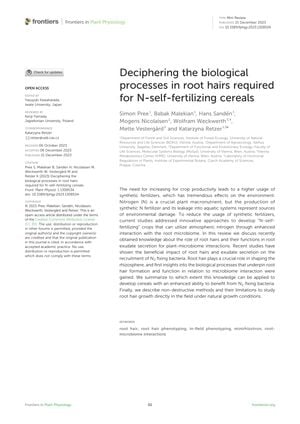TLDR Root hairs are key for developing cereals that can fertilize themselves with nitrogen.
This review explores the potential of developing "N-self-fertilizing" cereals to reduce the environmental impact of synthetic nitrogen fertilizers. It highlights the crucial role of root hairs in secreting exudates that attract nitrogen-fixing bacteria, thereby enhancing plant-microbiome interactions. Recent studies have provided insights into the biological processes of root hair formation and function, which are essential for shaping the rhizosphere. The review also discusses the application of this knowledge to improve cereal crops' ability to utilize atmospheric nitrogen and examines non-destructive methods for studying root hair growth in natural conditions, noting their limitations.
 20 citations
,
January 2021 in “Plants”
20 citations
,
January 2021 in “Plants” High energy boosts root hair growth in plants, while low energy stops it.
31 citations
,
January 2021 in “Plants” Light, sugar, and auxin together influence root and root hair growth in plants.
24 citations
,
May 2017 in “Annals of botany” Pathogenic Pseudomonas syringae bacteria stimulate early root hair growth in Arabidopsis plants.
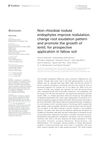 6 citations
,
April 2023 in “Frontiers in plant science”
6 citations
,
April 2023 in “Frontiers in plant science” Certain bacteria can boost lentil growth and improve soil used for farming.
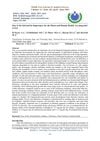 January 2021 in “Middle East journal of applied sciences”
January 2021 in “Middle East journal of applied sciences” Zinc is essential for plant growth and human health, but many soils lack enough zinc, affecting crops and potentially leading to health problems.
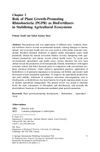 15 citations
,
January 2016 in “Sustainable development and biodiversity”
15 citations
,
January 2016 in “Sustainable development and biodiversity” Using PGPR as biofertilizers can improve soil health and plant growth while reducing reliance on synthetic fertilizers.
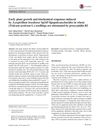 11 citations
,
March 2018 in “Protoplasma”
11 citations
,
March 2018 in “Protoplasma” Lipopolysaccharides boost wheat seedling growth, but procyanidin B2 weakens this effect.
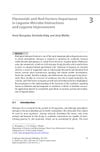 1 citations
,
January 2017 in “Springer eBooks”
1 citations
,
January 2017 in “Springer eBooks” Flavonoids and Nod factors are key for legume plant growth and could help in sustainable farming.
